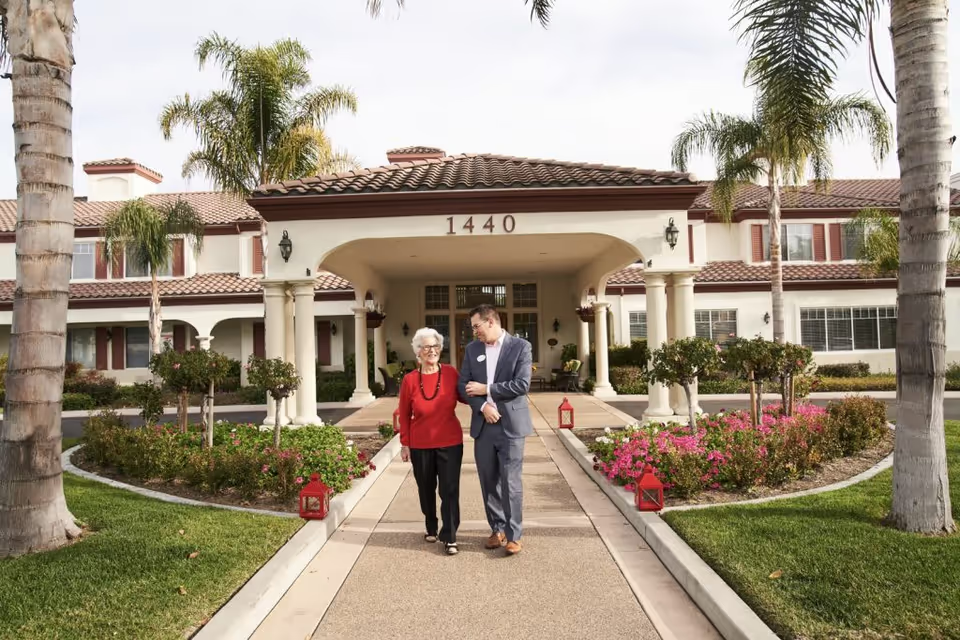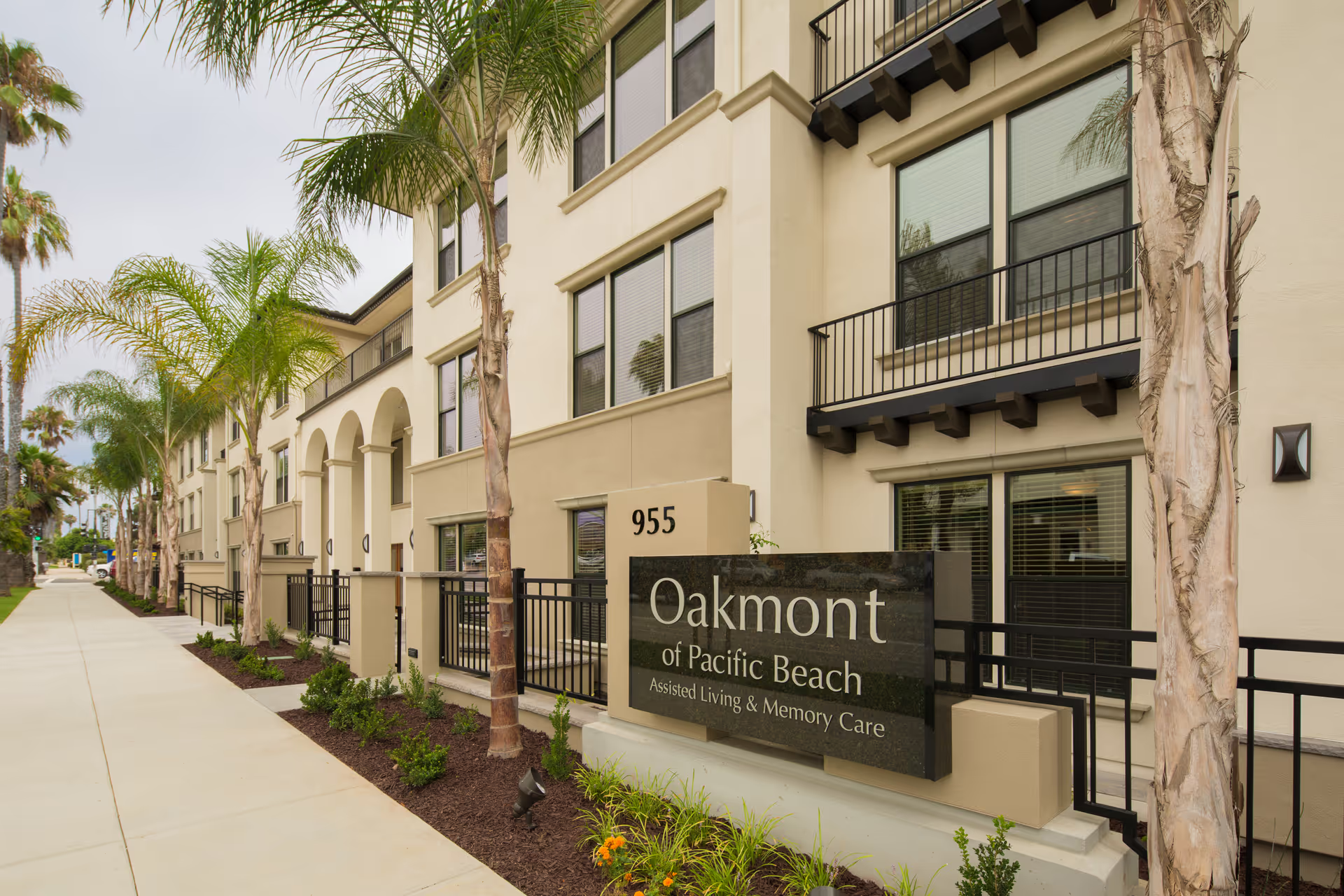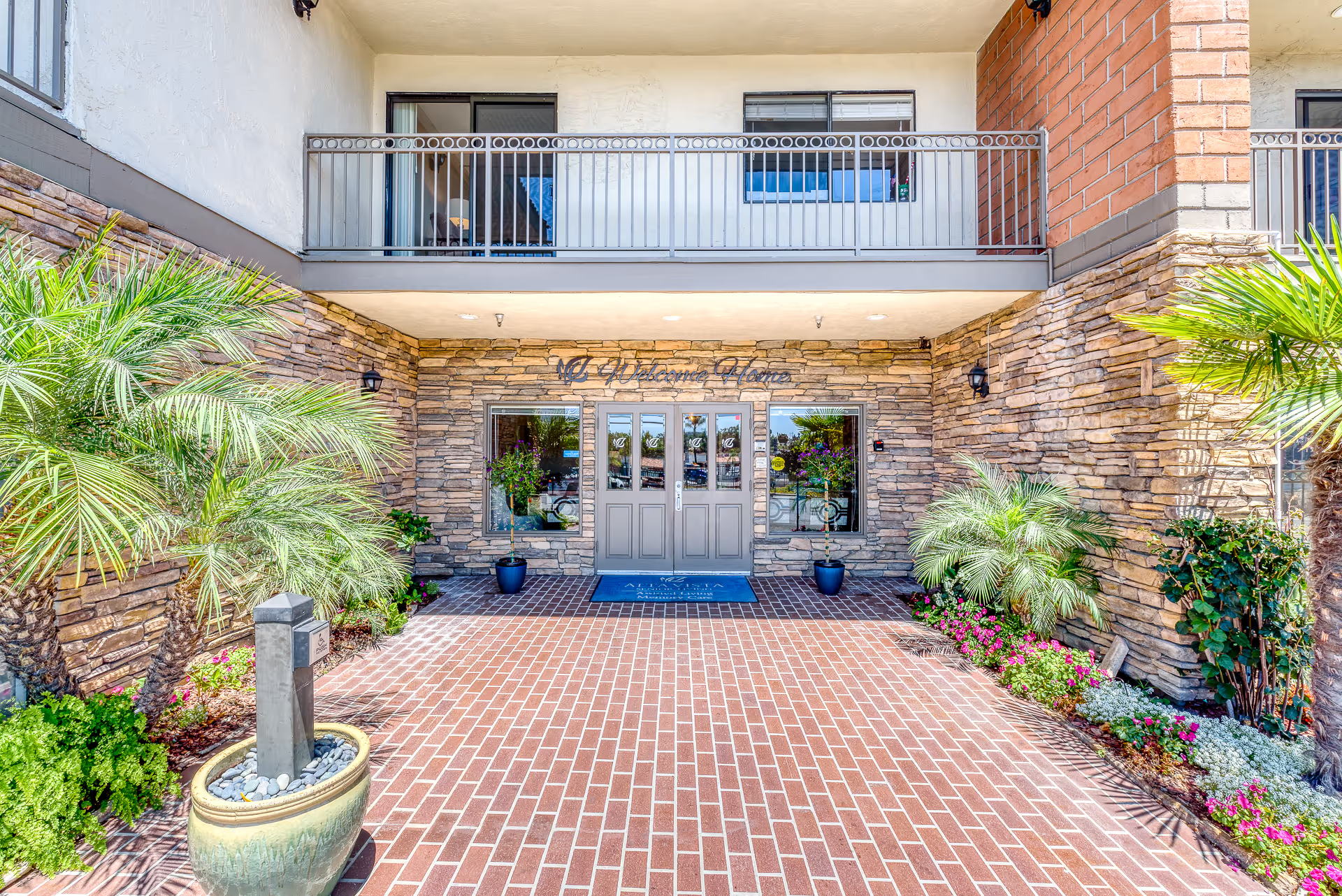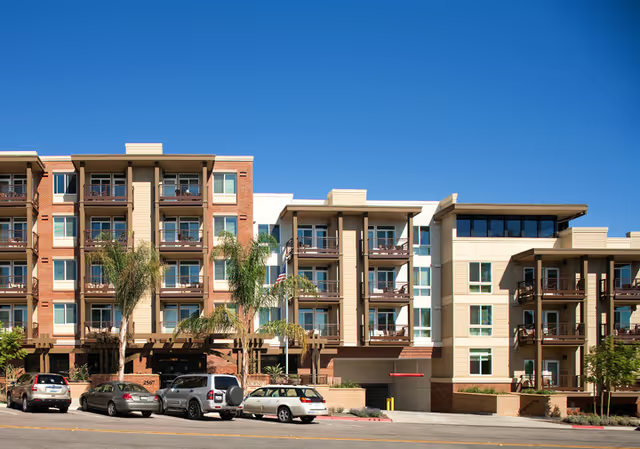Overall sentiment across the review summaries for Ohana Care Home / Pomerado Manor is predominantly positive, with frequent praise for the facility’s warm, family-like atmosphere, attentive caregiving, cleanliness, and attractive grounds. Many reviewers highlight the small scale (15 beds) as a major advantage, noting that it supports individualized attention, bright rooms, and an open floor plan that feels welcoming rather than institutional. Several accounts emphasize a caring, hands-on owner and experienced nursing staff (including a nurse with 25 years’ experience), and multiple reviewers explicitly state that their loved ones have improved, are thriving, or are comfortable and well cared for.
Care quality and staff: The most consistent strength noted is the compassion and attentiveness of the staff. Reviewers repeatedly describe staff as caring, loving, accommodating, and collaborative with families—respecting routines and preferences. There are specific mentions of proactive monitoring and staff who motivate residents to participate in activities, leading to observable improvements. The owner/management is described as extremely caring and hands-on in multiple summaries, which appears to reinforce trust among families. However, there are notable negative reports about staff behavior in some instances: complaints include staff being distracted by phones, isolated reports of dehumanizing treatment, and at least one very concerning account of a resident being stuck or confined to her room. These negative accounts are serious and point to variability in staff performance or supervision. Reviews also note that some staff have limited English proficiency, which may impact communication for families and residents.
Facilities and safety: The facility’s physical attributes receive strong praise — reviewers mention individual rooms with full baths, bright and open layouts, beautiful grounds with roses and a waterfall, and communal areas such as an entertainment room with a large TV. Cleanliness is emphasized repeatedly. Safety features are noted positively, including an electronic exterior fence, and reviewers describe professional management and good systems in place. One practical downside raised is the facility’s location on a busy road, which could mean traffic noise or accessibility concerns for some families.
Dining and activities: Dining and activities are highlighted as positives. Several reviewers praise the quality and appearance of the food and appreciate flexible morning dining times. Activities are described as enjoyable and motivating, and some families report seeing tangible progress in their loved ones as a result. The small size appears to support more individualized engagement in activities and dining routines.
Management, models of care, and administration: Management is frequently described as professional, forthcoming, and accommodating; the owner is called hands-on and extremely caring by multiple reviewers. Those positives contrast with a set of substantial administrative critiques: some reviewers find administration unresponsive to concerns, and a few explicitly do not recommend the facility because of care-model issues. A recurring operational concern is the live-in caregiver model, which some reviews call flawed—this suggests that while many families appreciate the attention and personalization, others perceive structural problems in staffing or care delivery that affect outcomes. Cost perception is mixed: while some note the facility’s fees were lowered and mention a $3,500 figure (presented as competitive), others still express cost concerns, indicating variability in how families weigh price versus perceived value.
Notable patterns and recommendation caveats: The reviews portray a facility with many strengths—clean, attractive spaces; a warm, family-oriented culture; engaged and often excellent staff; and meaningful activities that benefit residents. At the same time, there is a small but significant cluster of serious concerns: individual reports of neglectful or dehumanizing treatment, administration being unresponsive, staff phone distraction, language barriers, and limitations in the scope of care for certain non-terminal residents. These negative points are not the dominant tone but are sufficiently weighty that prospective families should probe them during tours and discussions. Specifically, families should ask about the facility’s approach to residents with higher care needs (non-terminal but requiring more support), clarify the live-in caregiver model, ask for examples of how staff phone use is managed and how complaints are handled, and assess language compatibility if that is important for the resident.
Bottom line: Ohana Care Home / Pomerado Manor appears to be a small, well-kept, and warmly run facility with many satisfied families who praise its staff, environment, activities, and management. However, there are non-trivial reports of care and administrative shortcomings that suggest variability in resident experience. Prospective residents and families should conduct careful in-person evaluations, request references, and directly address the specific concerns noted above to ensure the facility’s strengths align with their relative’s needs.







